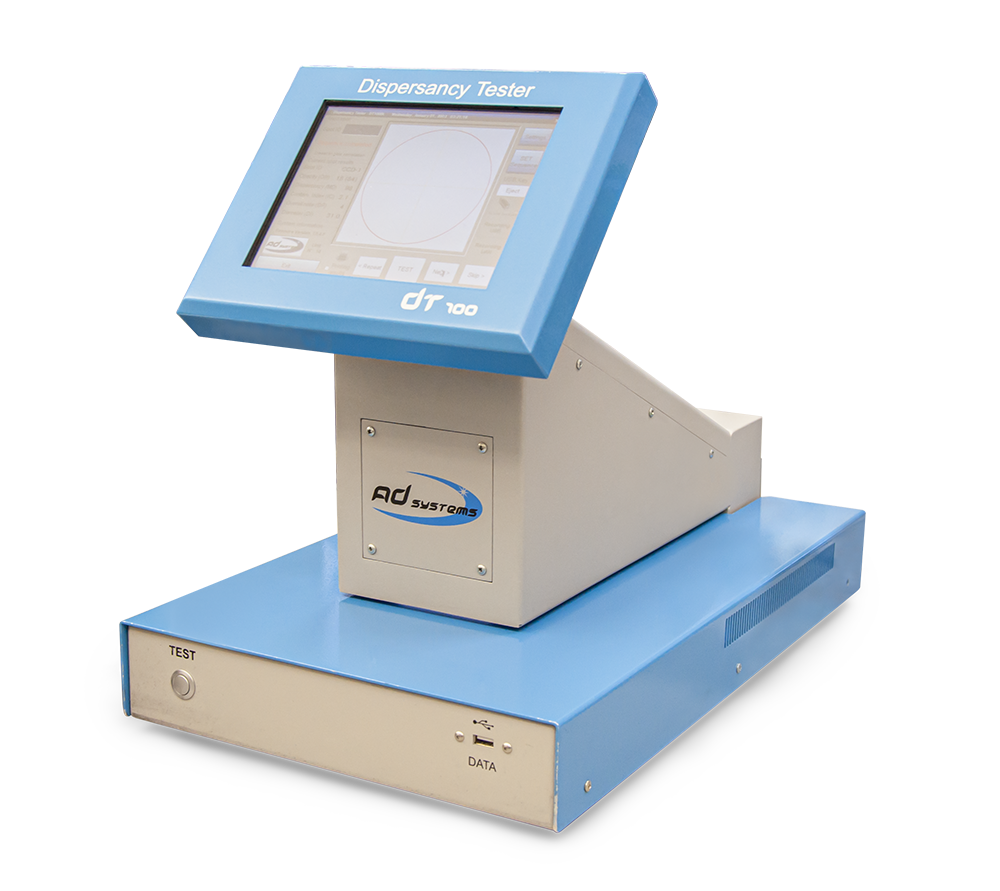CCD photometer - examination for diesel engine oils
Year of publication: 1999
Diesel engines in construction machinery, trucks and passenger cars, in CHP units and emergency power generators are often subjected to extreme loads. The highest demands are placed on the performance of the lubricants. Long intervals between use, temperature loads and soot from combustion all take their toll. In order to be able to analyze the degree of contamination and the dispersancy of the lubricants used even more precisely, OELCHECK has been using a new test method, the CCD photometer, since January 2000. Two additional meaningful analysis values are determined for all engine oil samples. They are automatically listed in the laboratory reports.
Table of contents
The common rail system - a challenge for diesel engine oils
A new variant of direct injection was developed for modern diesel engines in 1997. A common pressure accumulator for the fuel supplies the injection system uniformly for all cylinders - hence common rail.
The more uniform fuel pressure results in better performance and lower fuel consumption. The fuel is ignited later than with conventional injection, the piston is shaped differently and does not have a combustion chamber.
Due to the later ignition, soot particles remain trapped on the oil-wet cylinder wall. The emission of soot particles is reduced, but the soot particles are washed into the engine oil. In the common-rail system, the engine oil has to absorb more soot particles and transport them to the filter than in diesel engines with conventional technology.
Contamination degree and dispersancy - analytical values with increased significance
The BN (base number) of engine oils indicates how many acidic combustion products can still be neutralized by the oil. The BN decreases with long oil change intervals, poor combustion, wear in the piston ring area and increased sulfur content in the fuel. In the common rail system, the decrease in BN no longer corresponds to the dispersancy coupled to the alkaline reserve. Even at high BN, the detergent and dispersant effect of the engine oil may be completely exhausted.
The CCD photometer provides a test method that allows reliable statements to be made on the degree of contamination and the dispersancy of the lubricant.
The CCD photometer - a complex analysis method
The CCD photometer consists of a special camera and a computer-based computer with sophisticated simulation programs.
The procedure of an examination:
0.02 ml of this sample (less than 1 drop) is spotted on a special filter paper. The filter paper prepared in this way is dried with the sample at 80°C for a period of 1 hour.
Since January 2000 in OELCHECK laboratory reports
For all engine oil samples examined by OELCHECK, two additional values are reported with the CCD photometer.
Pollution in %.
This value refers to the soot particles and combustion residues contained in the oil. It is determined from the intensity of the black coloration of the spot.
Dispersancy
Dispersancy is calculated based on the different diameters of the annular black deposits on the spot.
It is given as a value between 20 and 100. A value of 100 represents a fresh oil. The lower the dirt carrying capacity value, the less the oil's additive package is able to carry soot and dirt. A value lower than 30 indicates that the oil does not prevent deposits in the engine.




